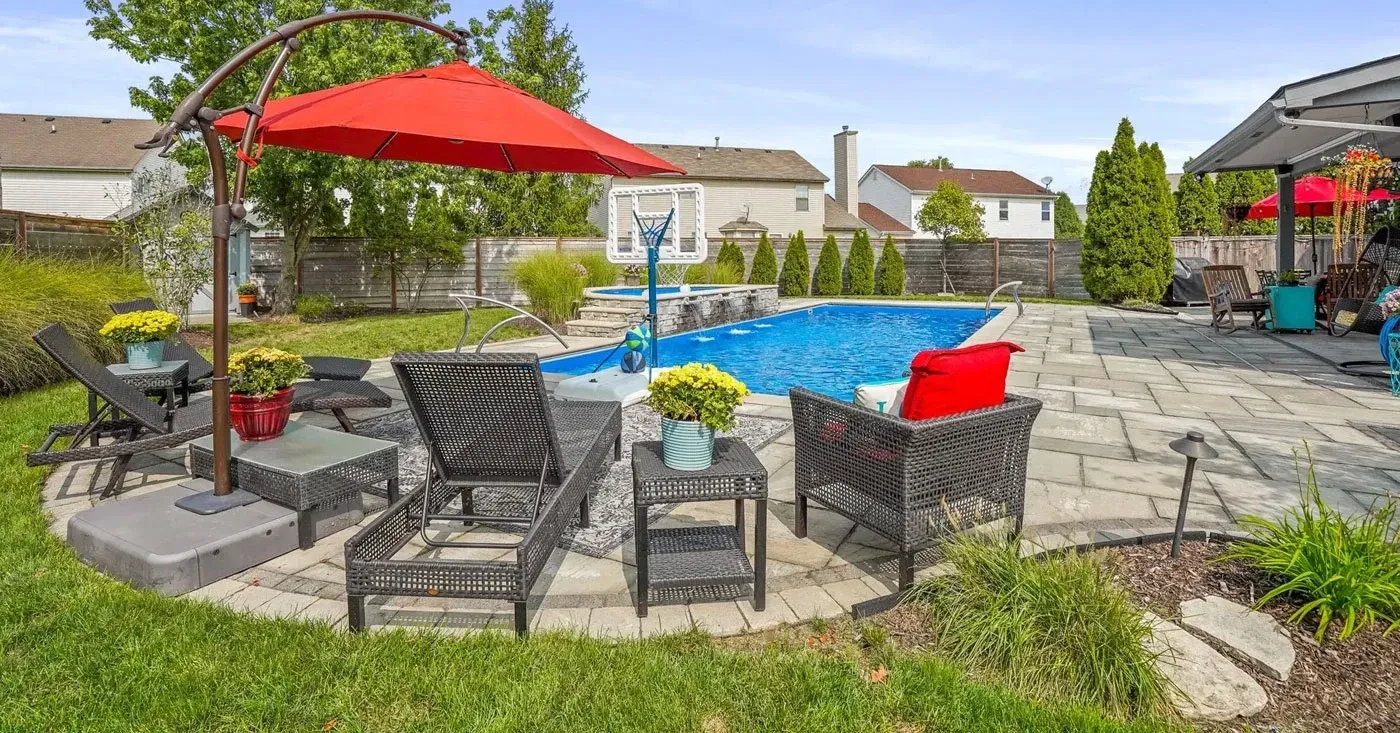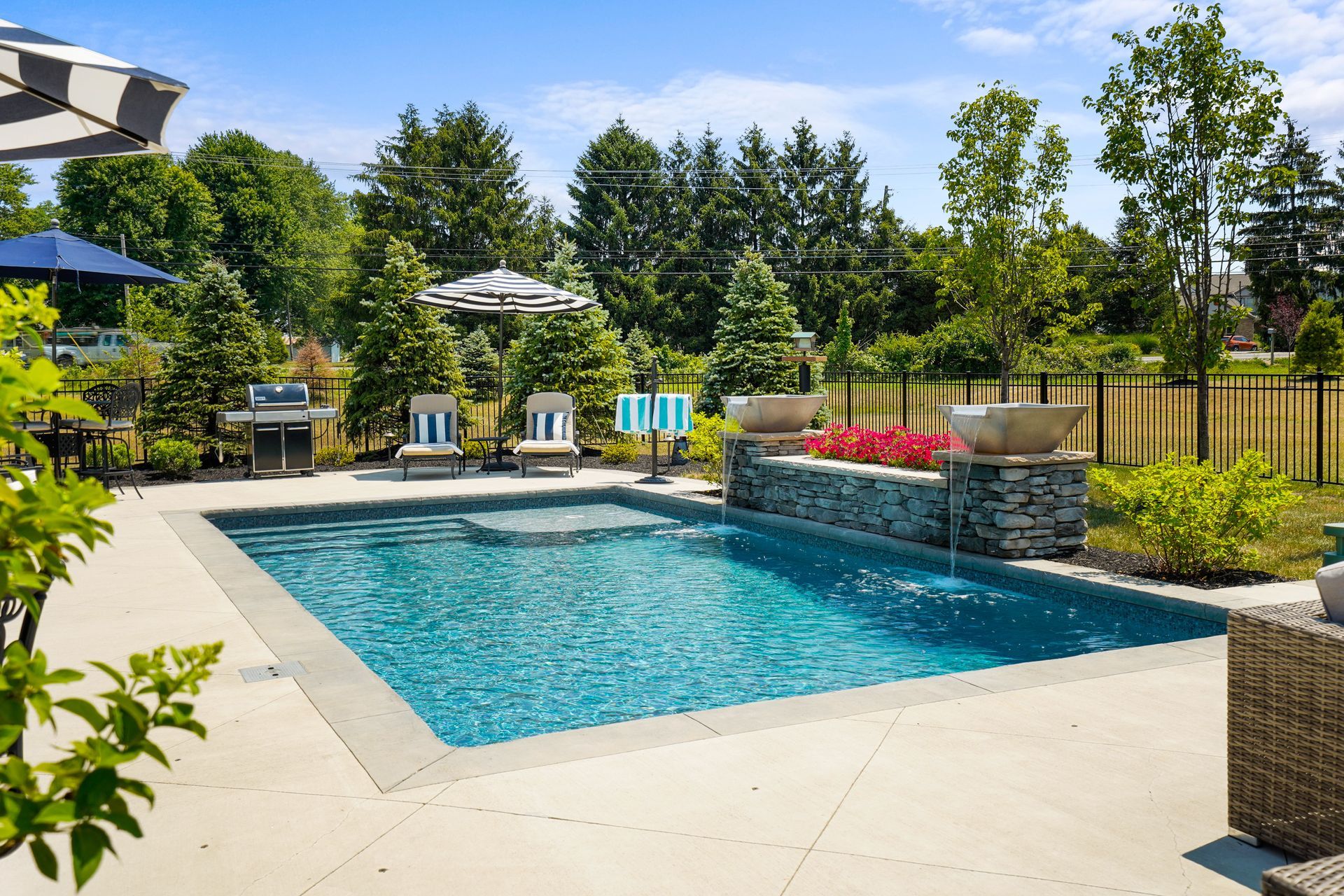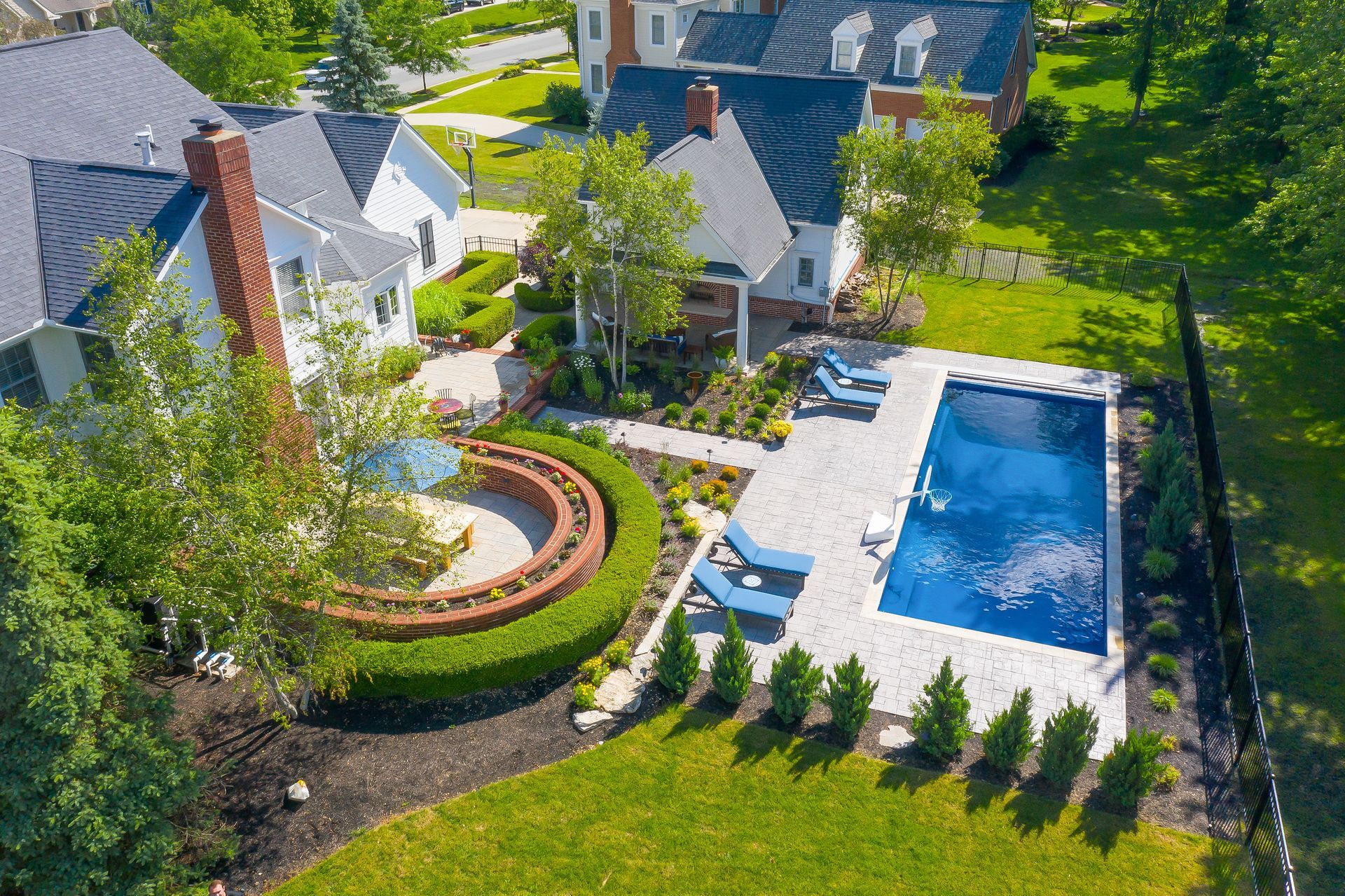Patio Paver Types and Essential Considerations Before Installation

If you’re looking for an upgrade to your home, giving your backyard a complete makeover or your family is outgrowing the space indoors, installing a paver patio can be a solution. In order to sustain the fulfillment and enjoyment factor of your family, it’s important to introduce something new that is still at home but is now outdoors coexisting with nature.
Instead of thinking about getting a new bigger house, it may be a lot cheaper, not to mention, easier, to expand the space you already have in your own backyard. There are infinite design possibilities depending on your family lifestyle’s needs and future needs.
Considerations Before Initiating Paver Patio Design Process
Whether you’re in a relationship, have a family, or are single, having a long-term vision of future possibilities is very important when it comes to a Patio Paver installation. Sure, you can buy some bricks or stonework and go the DIY route, but generally, that option isn’t very sustainable – before long, you’ll find yourself wanting to redo it all over again.
What do you plan on installing: A swimming pool, fire pit, seating area, covered area for weather protection, barbecue/kitchen, walking path, and large activity space, especially for children. Keep these things in mind and even if you can’t afford it right now, you can start with what you can yet, allowing for expansion in the future. Otherwise, if it’s not planned, then you’ll end up with an ad-hoc feel, or worse, unable to expand.
Popular Patio Pavement Types
Stone Pavers:
If you’re looking for a more luxurious and attractive patio, using stone pavers is a great choice. Flat stones are what the Romans used to lay on their streets and courtyards centuries ago and even to this day, the design is as evergreen as ever.
Although a bit more pricey, nothing compares to the look and feel of minerals by mother nature over thousands of years of natural formation. Stone pavers have to be dug out of the earth at stone quarries, hence the higher acquisition cost. Over time, it’s natural for any pavement to crack and as for stone – not to worry, replacements and adjustments are very simple.
Brick Pavers:
Brick pavers are also made of a mixture of raw materials, but are limited to Clay and Shale – hence, the alternative name, Clay Pavers. What makes this patio pavement option so popular is depth of warmness that comes with it and due to the nature of using raw materials, their true colors remain for a very long time.
Although limited in color variance from limited types of raw material, brick color range from light, moderate and darker earthy tones. If these are the colors you’re looking for and want to stick with raw materials, the Brick Pavers option is great!
Concrete Pavers:
What makes concrete pavers so popular is the ability for customization at a much more affordable price point. If you’re not too concerned with using only 100% raw materials, then concrete pavers can make a very compelling choice.
Since concrete can be stamped and colored, the possibilities are endless. The only limitation is what stamps and colors are available through your manufacturer and color fading (if not sealed properly). However, there is bound to be enough to enhance your house’s architecture in a very attractive way – whether if it’s your backyard patio or front entry walkway.
Conclusion
Concrete pavers are very strong but over time, especially during colder climates, there may be cracks are difficult to repair. Bricks are easier to replace and provide a long lasting color. Stone pavers give you more of an organic and luxurious feel but will cost a bit more.
No matter which option you choose, expanding your outdoor space for additional activities is smart and sustainable for years to come, and all with the added benefit of increasing your home value. If you’re in the Columbus, Ohio area, feel free to schedule a design consultation to spark your imagination and create the dream outdoor lifestyle that you’ve been craving.
OMNI LEARNING CENTER
RECENT POSTS



